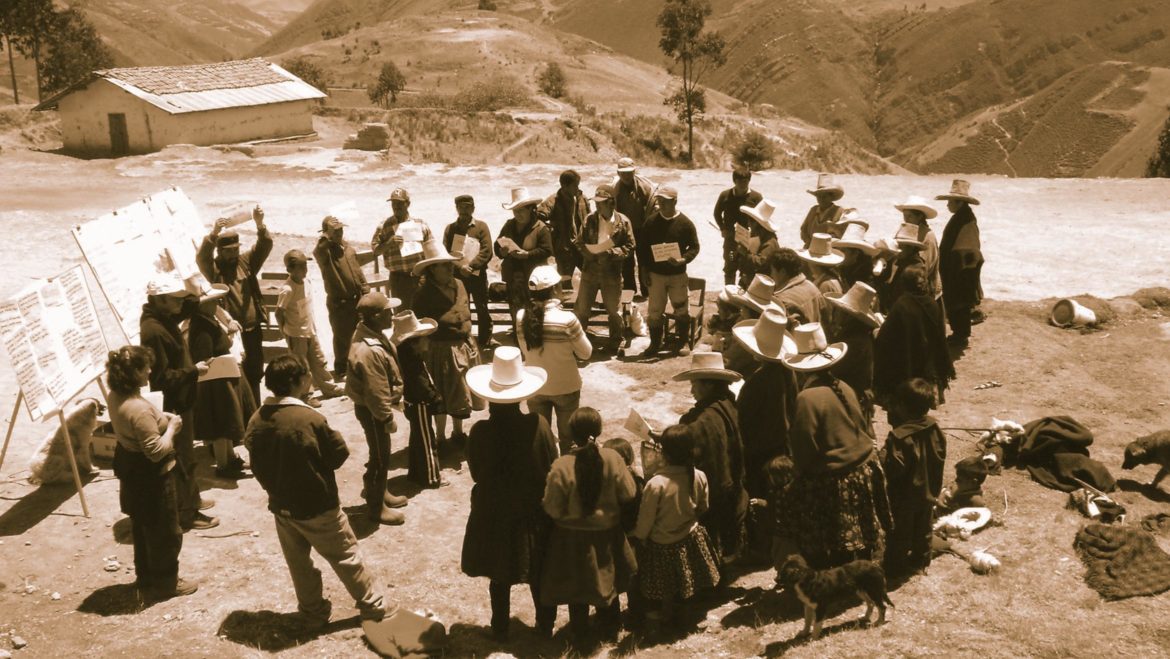
Tool 9 – Development Opportunity Ranking
This tool combines both assessment and planning processes. It is an opportunity for community members to explain to a group of experienced facilitators, how they feel about the development situation. Suggested improvements with support from other parties such as NGOs, companies and government can also be considered. The facilitators could be from an NGO, the community, local government agencies or your own company. This exercise works best when carried out in a community workshop, and will help community members and partners decide which projects to start first. A development opportunity ranking can also lead to the further development of a CAP (p165).
STEP
1
Initiate meeting with community leaders to evaluate level of interest and capacity for the community’s involvement in development planning activities
STEP
2
Opportunity identification – in small groups of up to 10, facilitators ask the groups questions such as what is most important for the future of your family? Or what are the priority development needs for your community? Then ask the groups to discuss the answers to the development opportunities and reach a consensus. This is recorded on a large piece of paper, ready for the next step
STEP
3
Community consensus – each consensus from each group is next shared in a plenary session. The development priorities should be recorded by the facilitator and the participants should collectively prioritise them for their community
STEP
4
Opportunity ranking – not all the opportunities will be able to be addressed. Look at suggested criteria in the information box below to help assess opportunities; this will help you work with the community to develop a community development plan. Look at table 11 (p105) as an example
STEP
5
Identify overlapping frameworks of interest – follow up session (p106) For the development of a timeframe based community development plan, all parties (you, the community and other partners e.g. government or NGOs) need to decide upon their relative frameworks of interest. This can be achieved in a joint meeting
Common criteria for ranking opportunities
- sustainability – can the community keep the project running once outside assistance has gone?
- productivity – will the project increase the availability of resources?
- equitability – will the project benefit a broad cross-section of the community?
- cost – will large amounts of external funding be required?
- community contribution – will the community be willing and able to contribute?
- technical feasibility – does the project require specialised expertise to start and continue?
- social/cultural acceptability – does the project fit within the community’s norms?
- time needed – how long will it take for a community to reap the benefits from the project?
Sources:
AusAID, The Logical Framework Approach, 2002. Available at: http://unpan1.un.org/intradoc/groups/public/documents/un/unpan032502.pdf
DFID, Tools for Development: A Handbook for Those Engaged in Development Activity, 2003, Chapter 3: Problem and situational analysis.
IFC, Strategic Community Investment: A Quick Guide, Highlights from IFC’s Good Practice Handbook, Washington DC, February 2010. See p. 22 in particular.
Kumar, S., Methods for Community Participation: A Complete Guide for Practitioners, ITDG, London, 2002.
National Environment Secretariat, Government of Kenya; Clark University; Egerton University; and the Center for International Development and Environment of the World Resources Institute, Participatory Rural Appraisal Handbook: Conducting PRAs in Kenya, Kenya, 1991.
Rietbergen-McCracken, J and Narayan, D. (compilers), Participation and Social Assessment: Tools and Techniques, International Bank for Reconstruction and Development/World Bank, Washington, DC, 1998.
World Bank, The World Bank Participation Sourcebook, Washington DC, 1996,
Appendix 1: Methods and tools for social analysis, pp. 199–202.
Other participatory tools references are listed on p. 47 of the IFC, Stakeholder Engagement: A Good Practice Handbook for Companies Doing Business in Emerging Markets, Washington DC, 2007. Available at: https://www.ifc.org/wps/wcm/connect/topics_ext_content/ifc_external_corporate_site/sustainability-at-ifc/publications/publications_handbook_stakeholderengagement__wci__1319577185063
